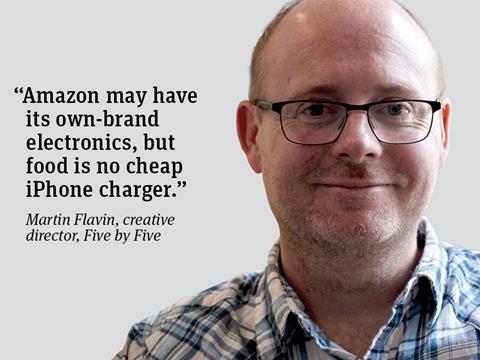
Amazon is relentlessly expanding its business into every conceivable corner of consumers’ lives. As a business built on the initial concept of ‘The Everything Store’ its move into own-label fmcg goods is not surprising, but it poses a big challenge.
The new brands will reportedly span products including nuts, babyfood and vitamins, and will only be available to Prime subscribers. Reported brand names include Happy Belly and Mama Bear.
The launch was inevitable and analysts have cited the online giant’s lack of own-label offering as the “Achilles’ heel” of Amazon Pantry. However, while Amazon Pantry may well be the next revolution in shopping, price alone is not enough to thrive in the highly emotive and provenance-driven fmcg market. Amazon is the master of bundling services, but consumers may not be as hungry for its new products as Amazon is for market share. There is no question that the dual strengths of Amazon’s digital infrastructure and fulfilment centres make Amazon a uniquely compelling retail brand. As a business that has consistently placed growth ahead of profits, it has relentlessly stolen market share from its competitors. Yet when it comes to the fmcg own-label sector, this success is not guaranteed.
Consumers have an emotional relationship with food and the importance of provenance cannot be underestimated - a third of UK consumers claim to be very concerned about origin of products. Everyone from celebrity chefs to large supermarkets are focused on telling the food story. You can see it in the reaction to Tesco’s Farms range. And you can see it in the fast food sector, once dominated by McDonald’s but now with more provenance-focused offerings such as Five Guys and Chipotle. Everybody wants to know where their food has come from.
As a brand with no heritage in this highly competitive arena, Amazon faces significant challenges. Consumers will want to know if Amazon’s babyfood is good for their children, who grows its tea , and whether it is ethically sourced. Amazon may have its own brand electronics, but food is no cheap iPhone charger.
Premium customers are more likely to want to know the origins of a product than shoppers on a budget. So the fact that these own-label products will initially be available to Amazon Prime users, of which the largest member group in the US are from households with an annual income of more than $112,000, is likely to exacerbate this challenge. On the flipside, the estimated 65 million Prime members worldwide provide a phenomenal test panel for NPD.
There is no doubt Amazon has revolutionised how we shop. The online giant reported its most profitable quarter to date last month and is now valued at £280bn. Make no mistake, it is taking market share from everywhere. However, consumers have an emotional relationship with their food and in an age where authenticity is everything, Amazon must tread carefully. Logistics alone will not guarantee success.
Martin Flavin is creative director at launch marketing specialists Five by Five



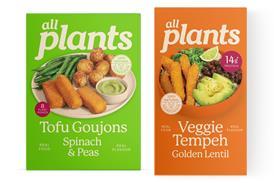



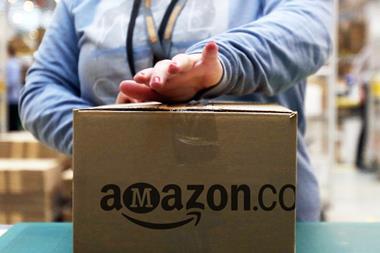

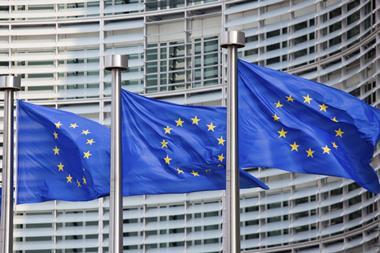
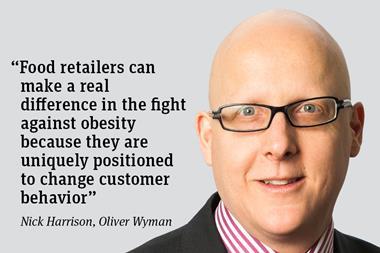
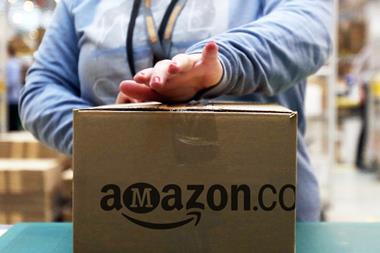
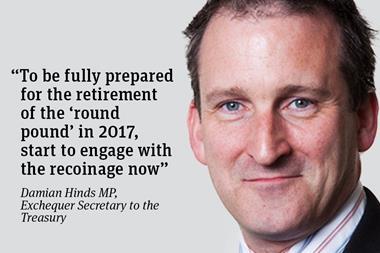

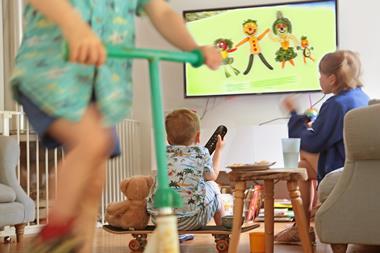




No comments yet